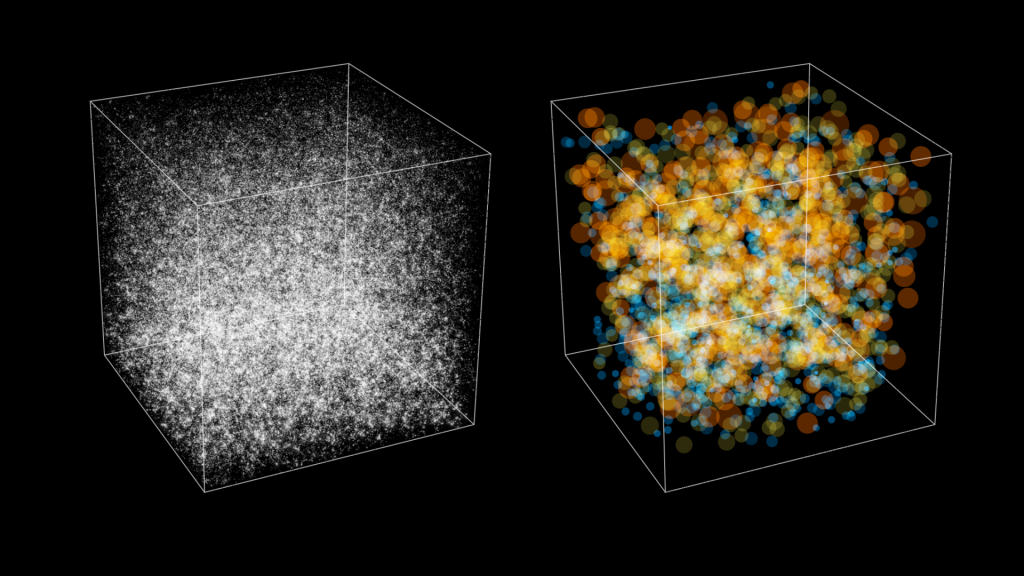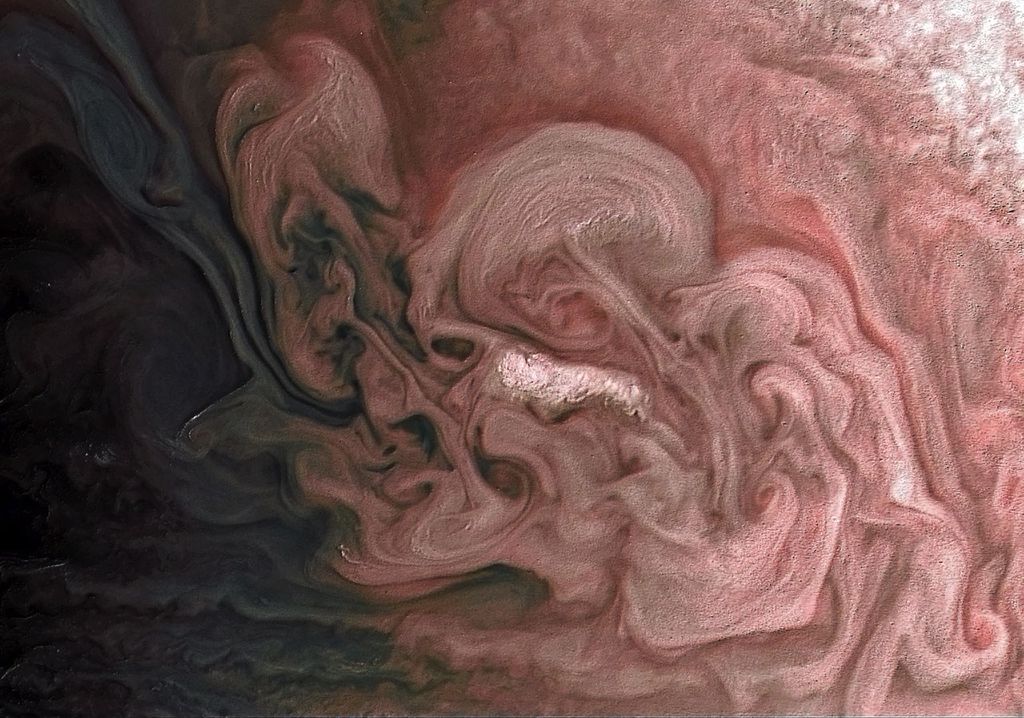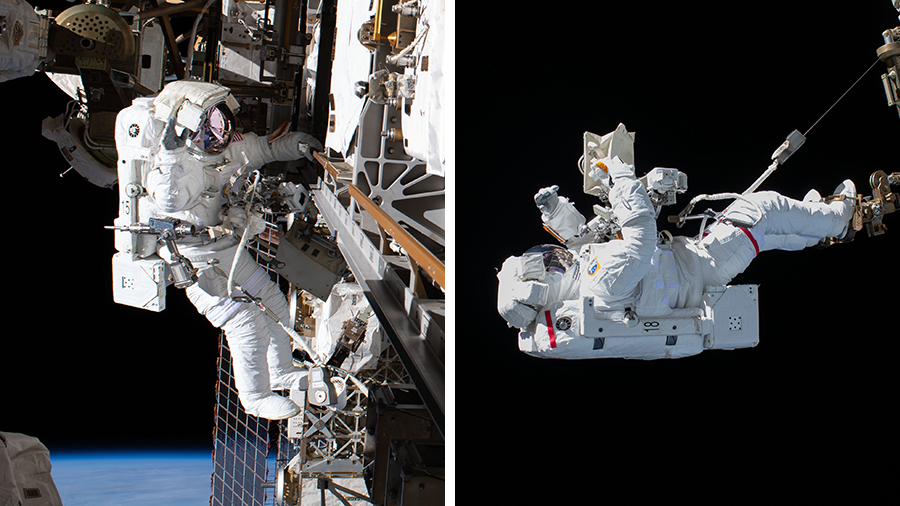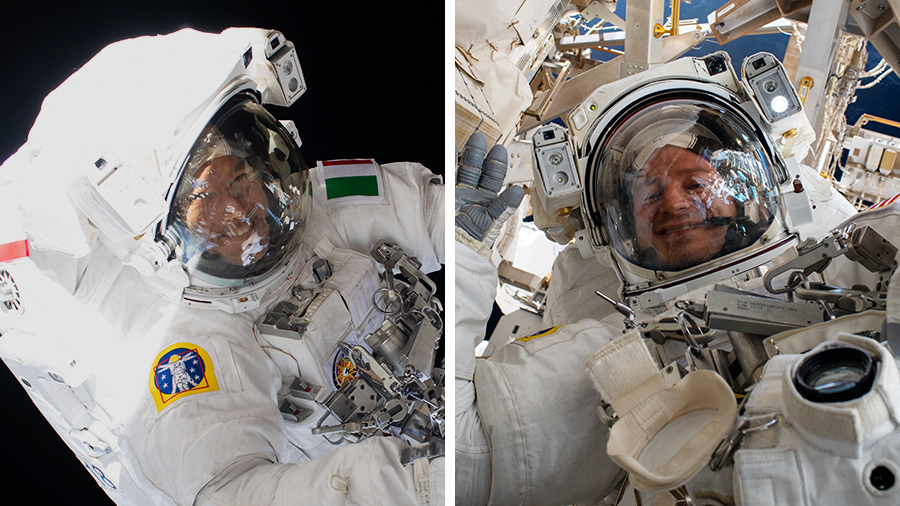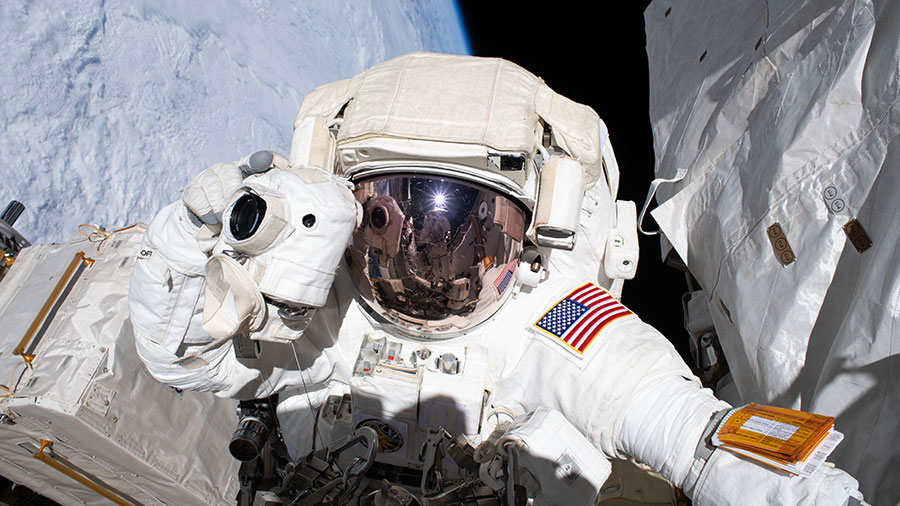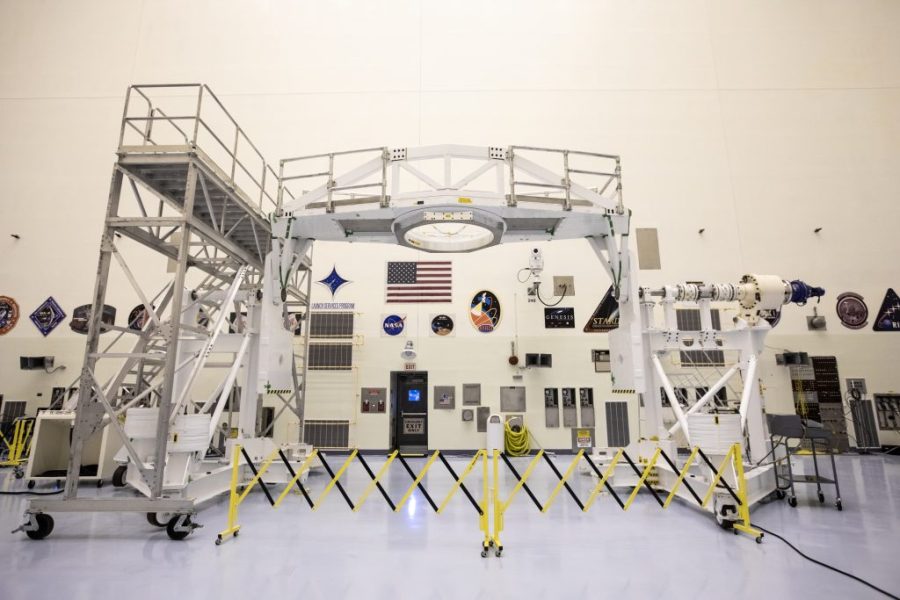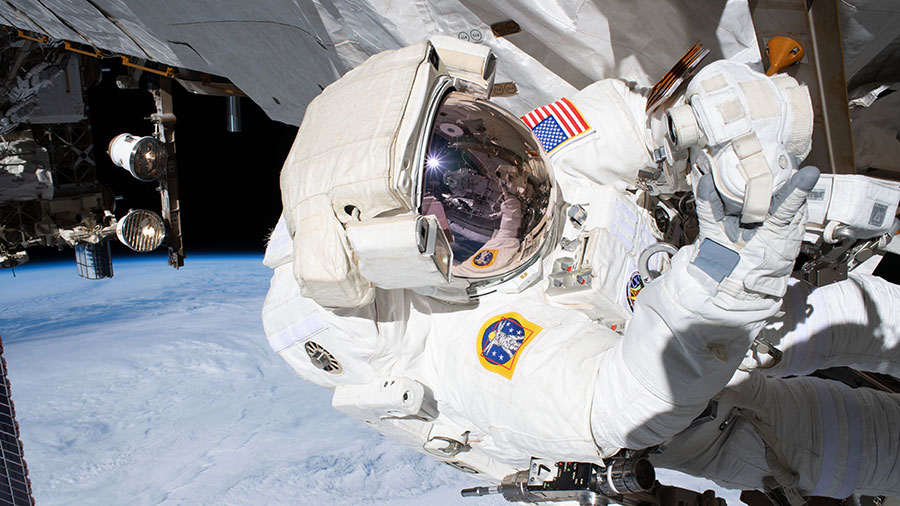Expedition 61 Commander Luca Parmitano of ESA (European Space Agency) and NASA Flight Engineer Andrew Morgan concluded their spacewalk at 12:33 p.m. EST. During the six hour and two minute spacewalk, the two astronauts successfully installed a new cooling system for the Alpha Magnetic Spectrometer (AMS). The crew completed the primary task to install the upgraded cooling …
Astronauts Wrap Up Third Spacewalk for Cosmic Particle Detector Repairs














